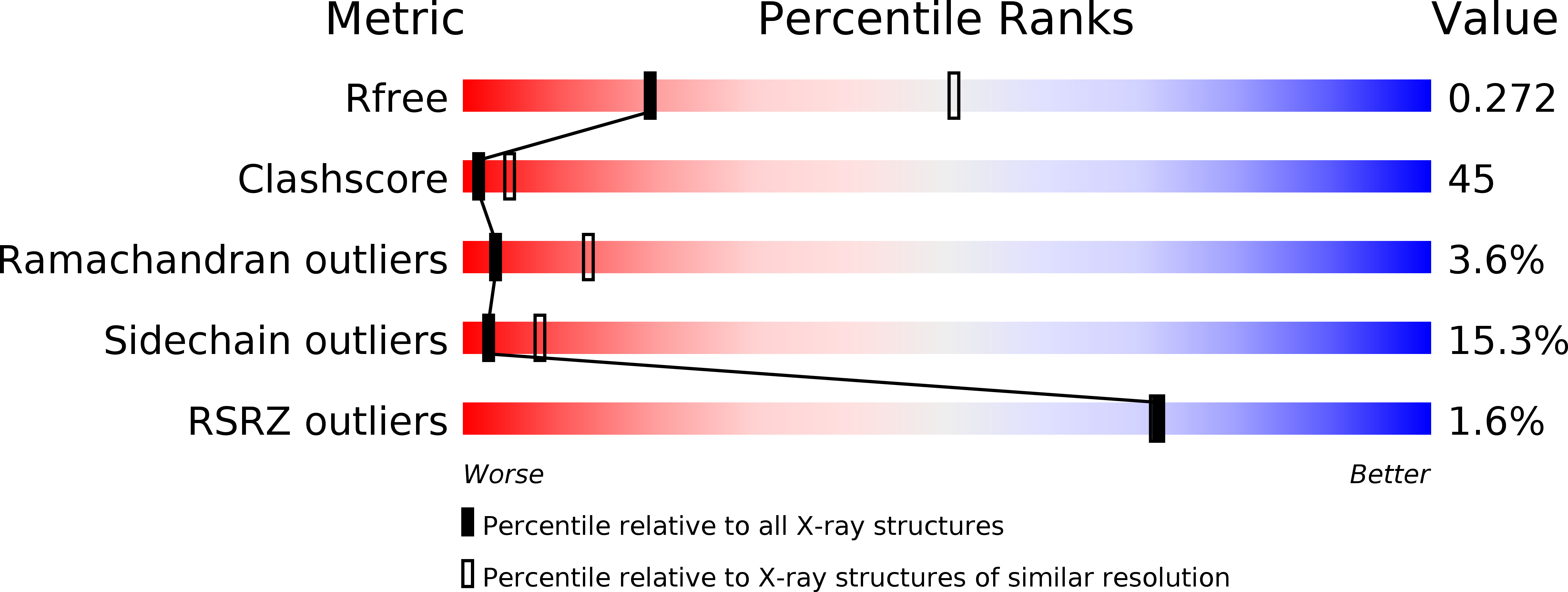
Deposition Date
2017-01-11
Release Date
2017-05-03
Last Version Date
2024-03-20
Method Details:
Experimental Method:
Resolution:
2.92 Å
R-Value Free:
0.27
R-Value Work:
0.21
R-Value Observed:
0.21
Space Group:
P 21 21 2


